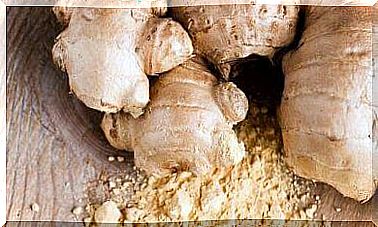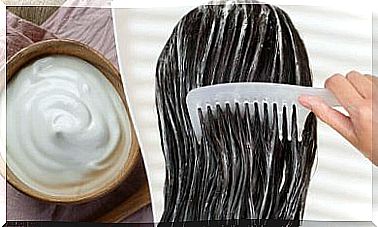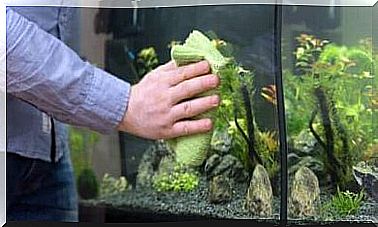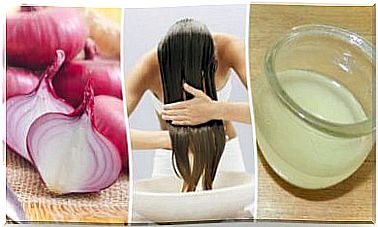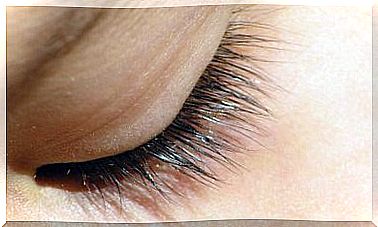Can I Remove Growth Stripes?
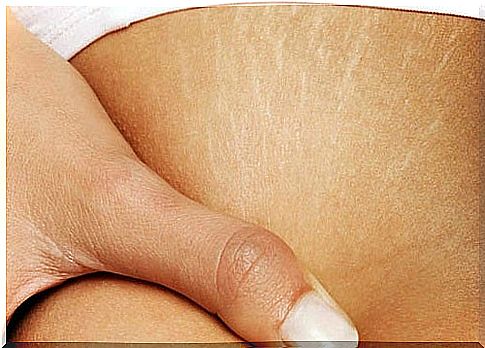
When your skin stretches a lot, it can cause the appearance of spots, lines, or streaks that are often pink or purple. These are growth stripes, or stretch marks. When growth stripes first appear they have an intense color, but this fades after a while.
However, the texture and characteristics of growth stripes do not fade on their own. They often develop on muscles, buttocks, arms (generally around the armpits), abdomen and breasts. Remember that they are not harmful and therefore you do not need to go to the doctor.
However, if you are bothered by these growth stripes, can you remove them? Read on to learn more about this.
Causes of growth stripes
Before trying to remove stretch marks, the first step is to find out what’s causing it:
- Pregnancy
- Gain a lot or lose weight
- Long-term use of corticosteroids or steroids
- Growth spurt, especially during the teenage years
- More muscle mass, especially in your arms and legs
- Genetic disorders, such as Marfan Syndrome or Ehlers-Danlos Syndrome
How can growth stripes be reduced?
Let’s take a look at how to treat growth stripes. Relatively new stretch marks can be treated with tretinoin, which helps to restore collagen and can help keep your skin healthy.
But you can only use this cream during the first six weeks of the appearance of the stretch marks. Do not use if you are pregnant as the effects of topical tretinoin on the fetus are still unknown.
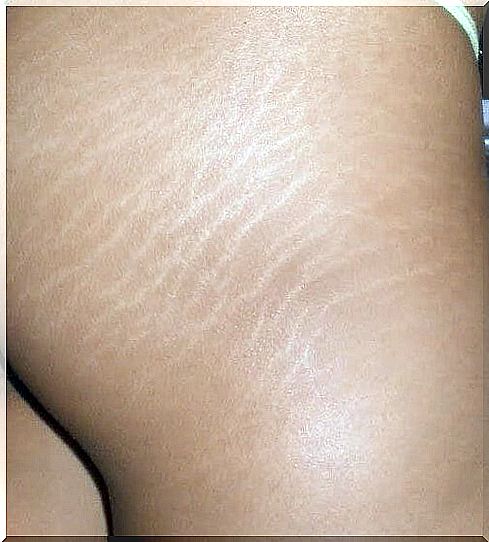
Laser therapy promotes collagen and elastin growth and can help texture stretch marks when they are still relatively new.
These high-intensity pulsed light treatments do not affect the outer layers of the skin, but rather intentionally cause controlled damage to the chromophores in the dermis.
Possible treatments for stretch marks
- Microdermabrasion gently repairs the skin by shooting small crystals against it. This only affects the outer layer of the skin and promotes the growth of new skin surfaces.
- Excimer lasers promote the development of melanin in stretch marks and help to balance the color.
- One treatment that helps with old and new growth streaks is a chemical exfoliation with glycolic acid. The doctor will first clean the area to be treated and then apply a chemical solution that intentionally damages the skin, promoting regeneration.
- There are also several creams such as coconut butter, shea butter and vitamin E that you can use at home to help you. These creams will keep your skin lubricated and also speed up the color fading of the stretch marks.
- Other commonly used topical treatments include castor oil, olive oil, fruit acids, seaweed, and other medicinal plants.
You can reduce stretch marks with creams and with the help of other factors. You can even get very close to complete removal surgically, but unfortunately nothing can remove growth stripes completely.

